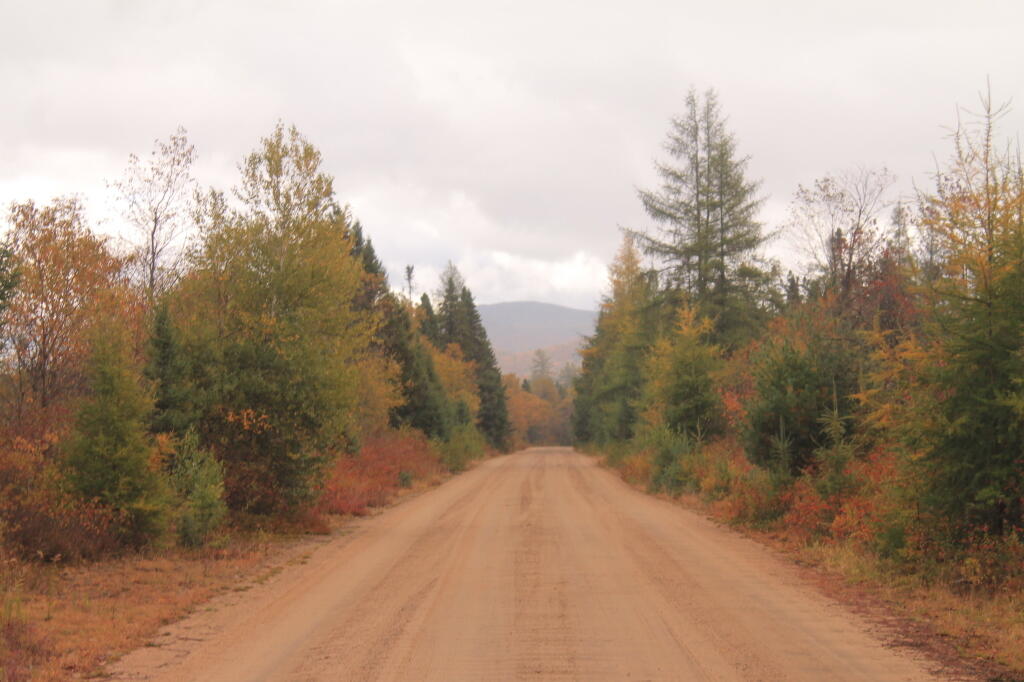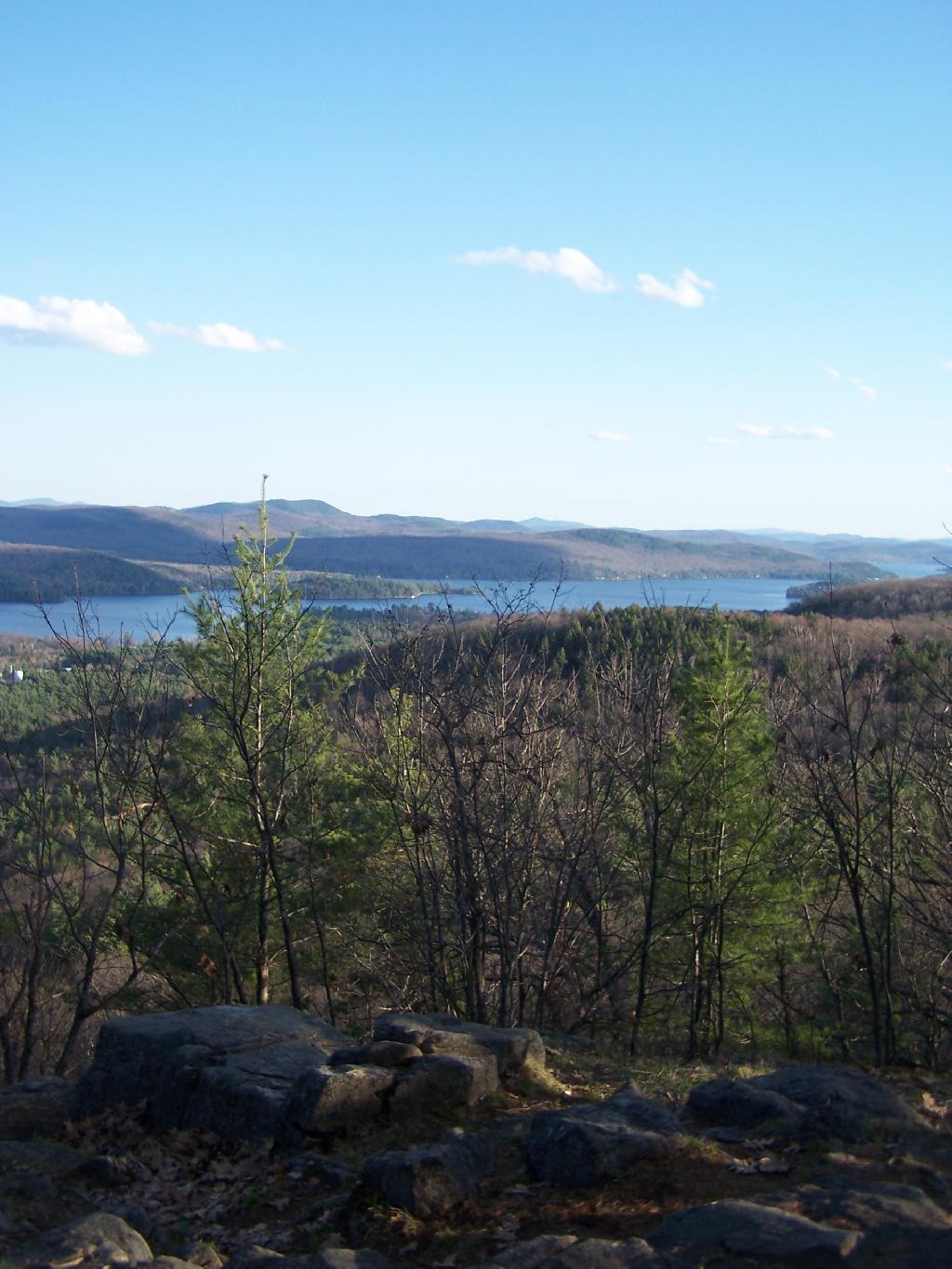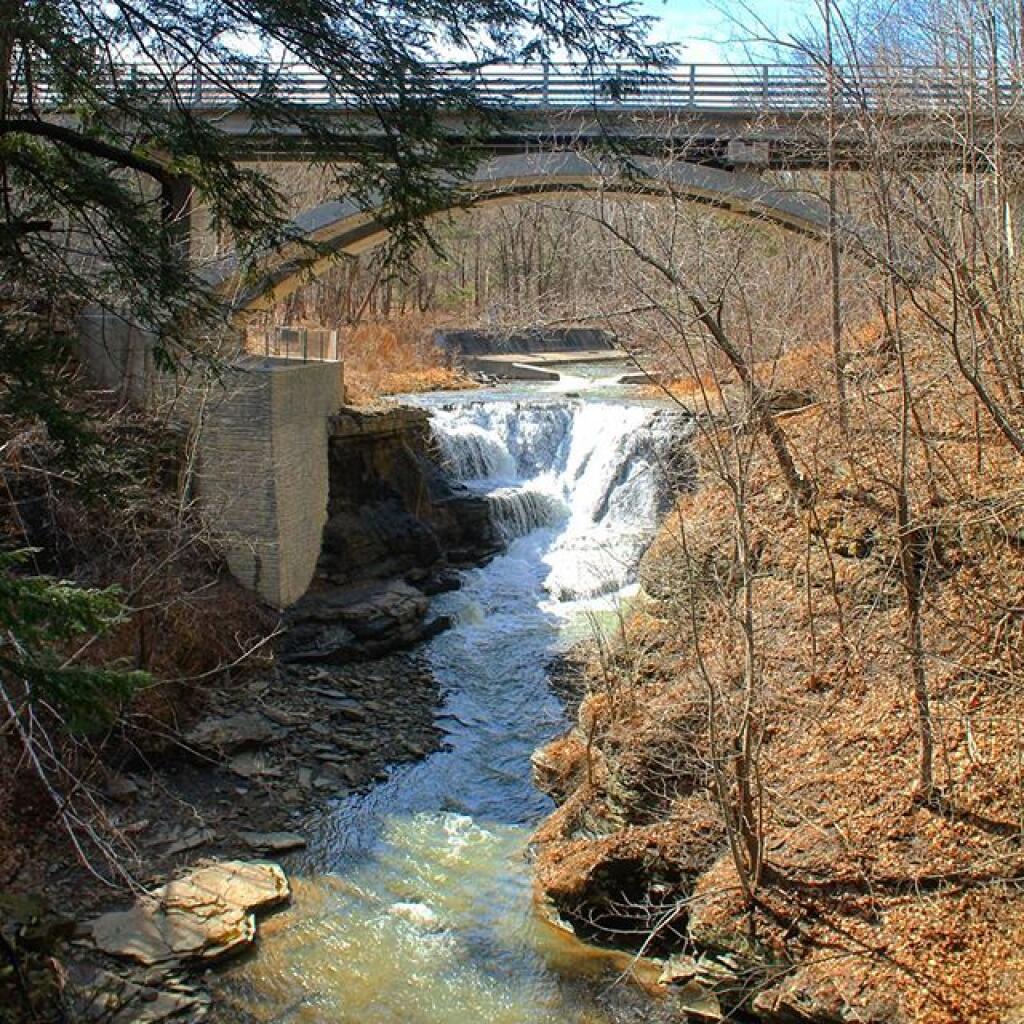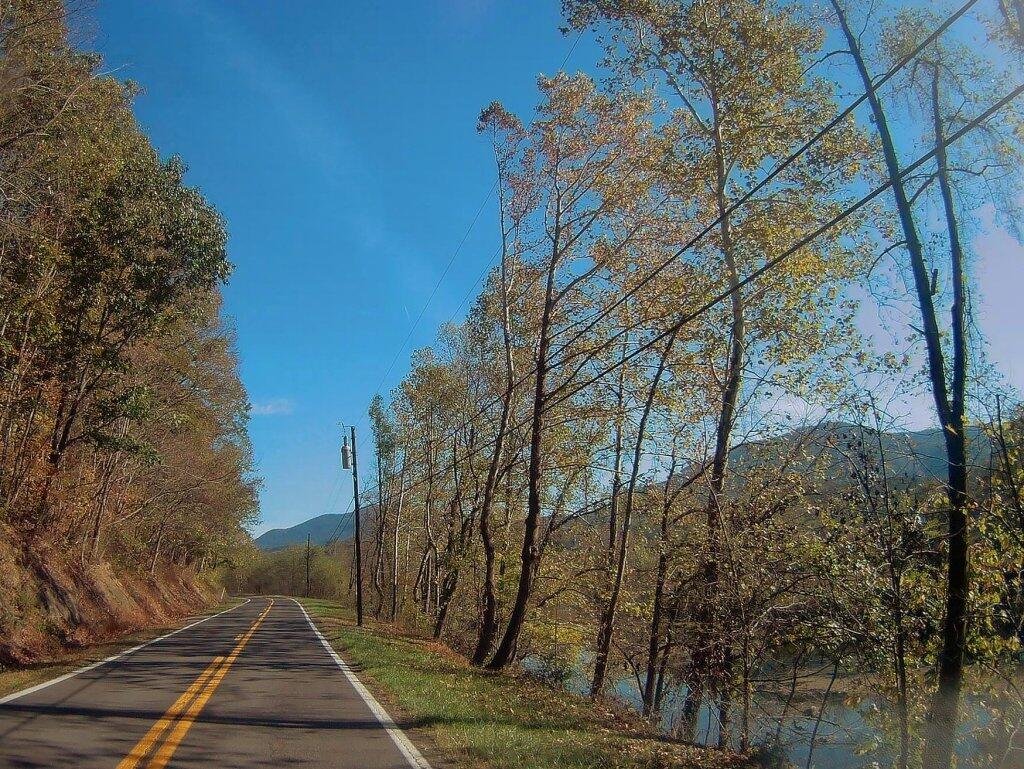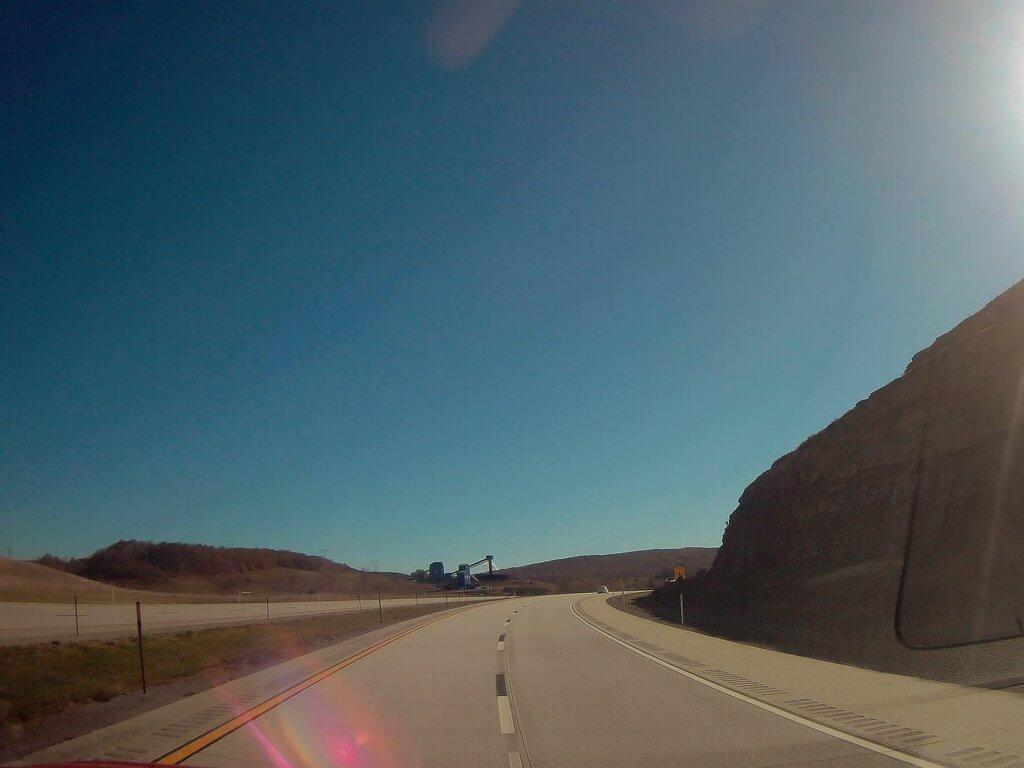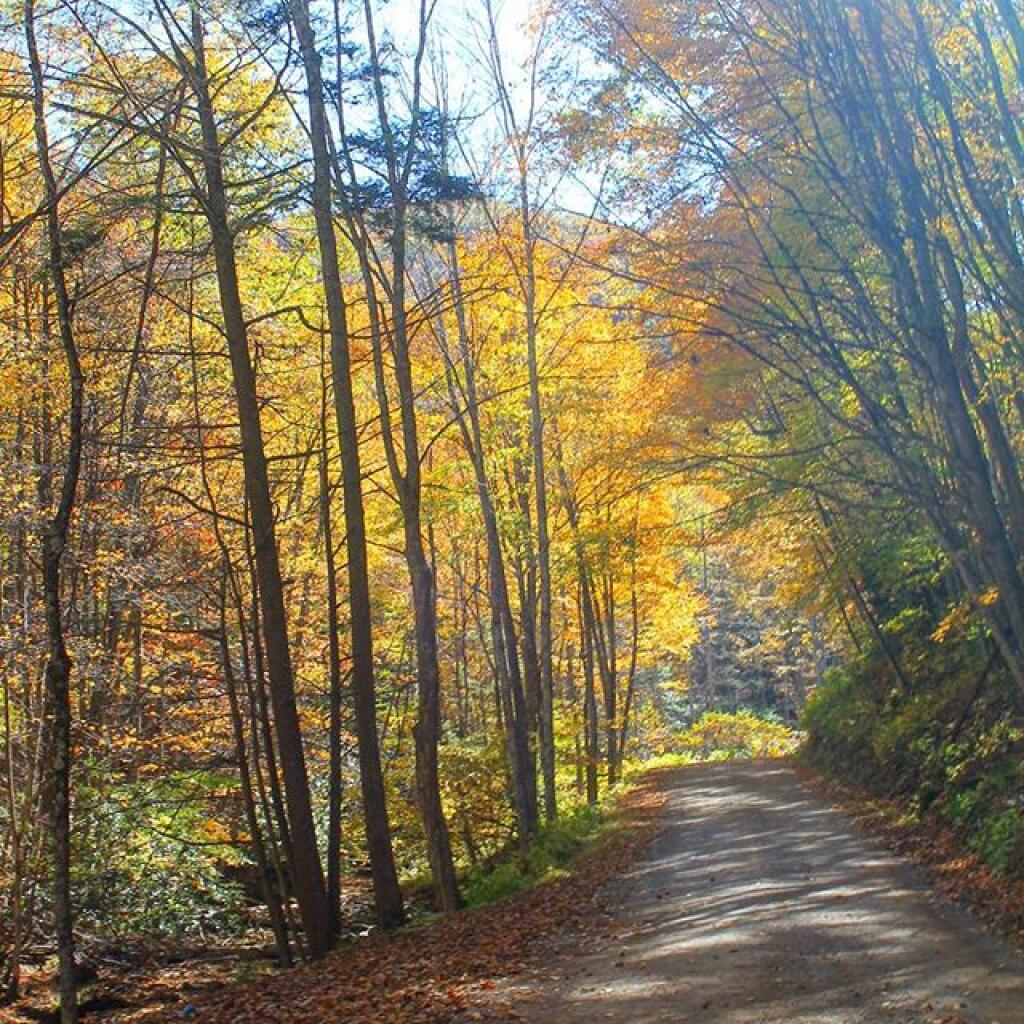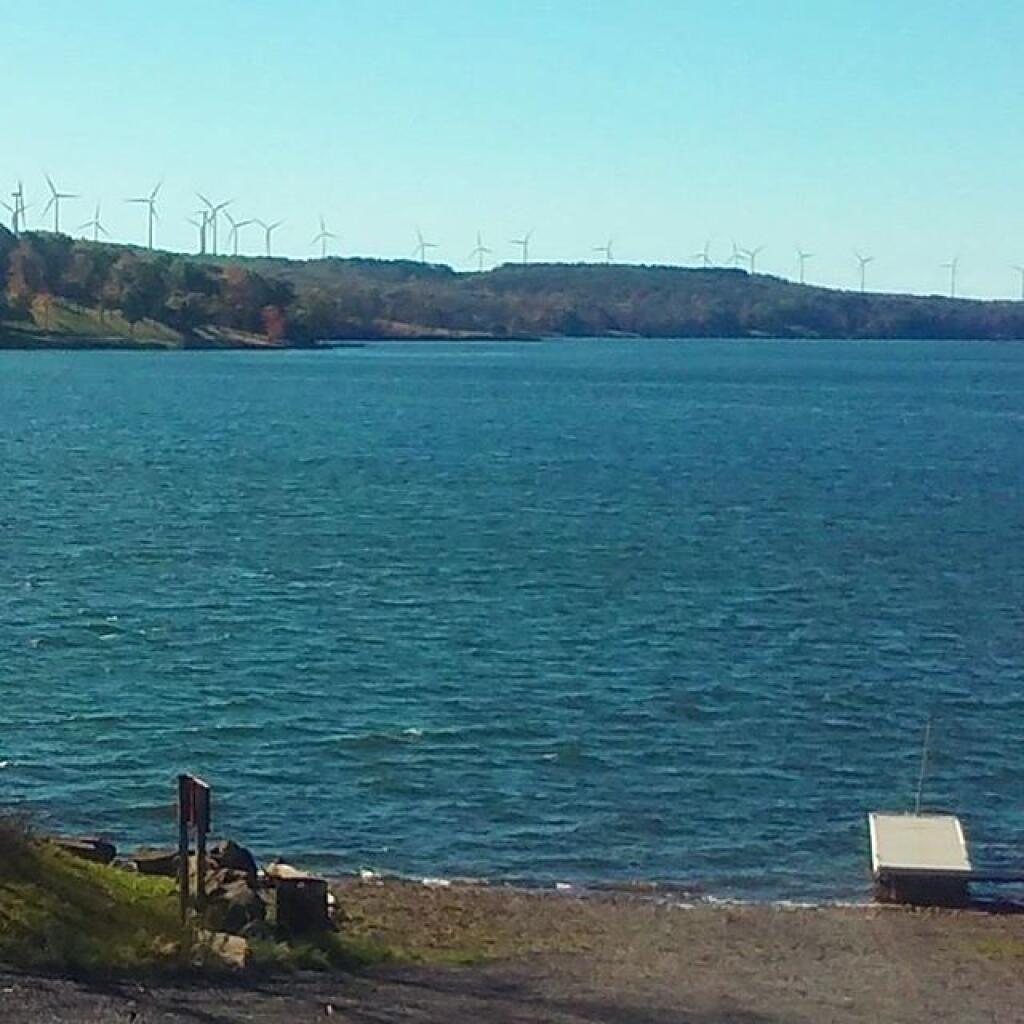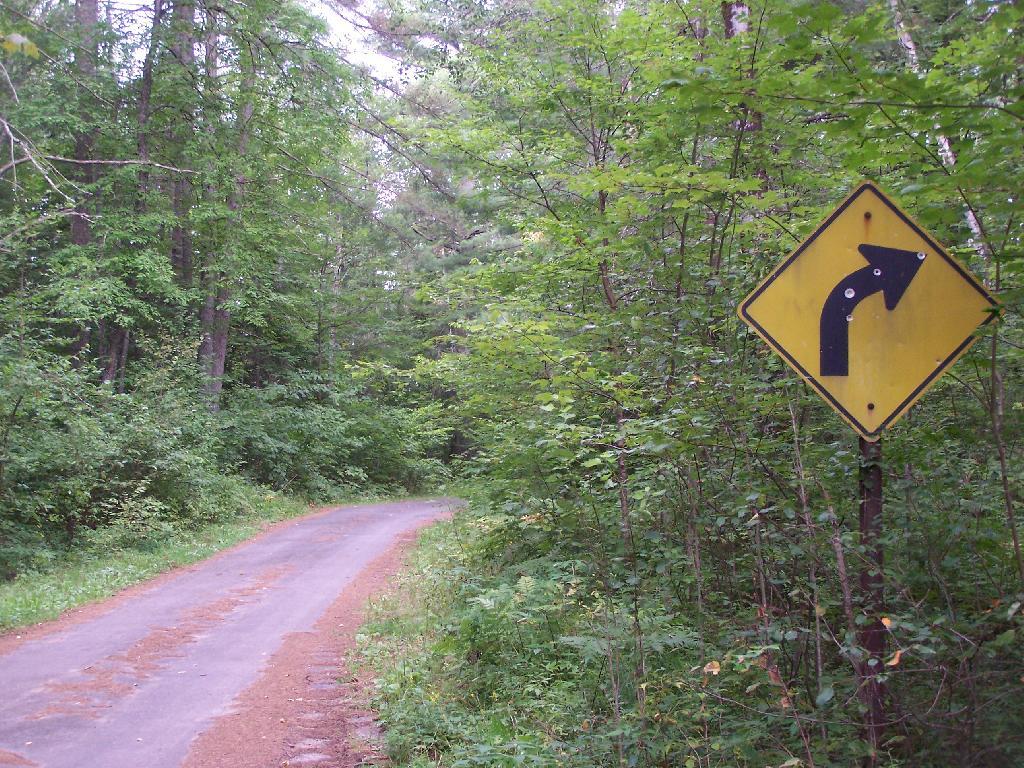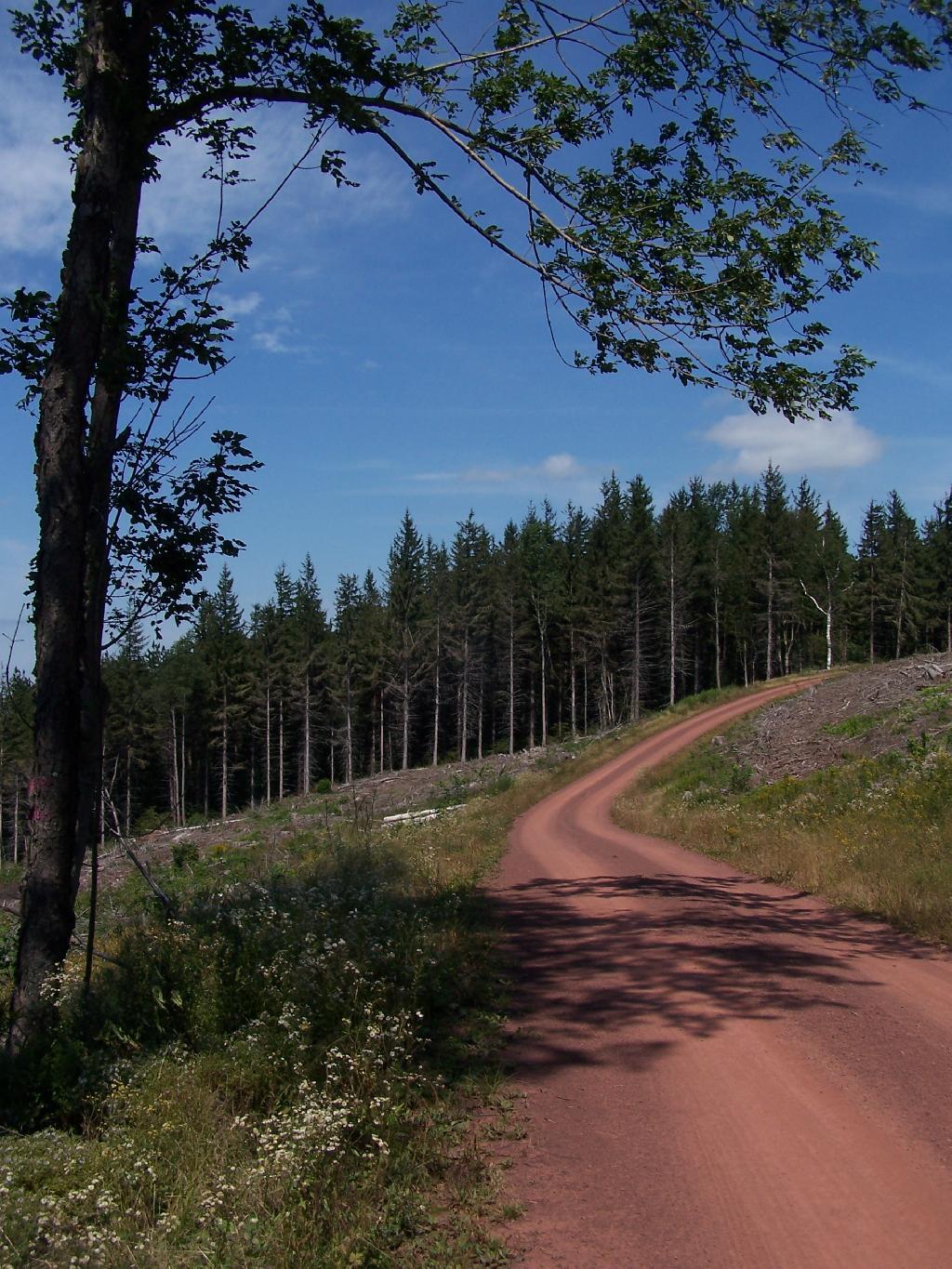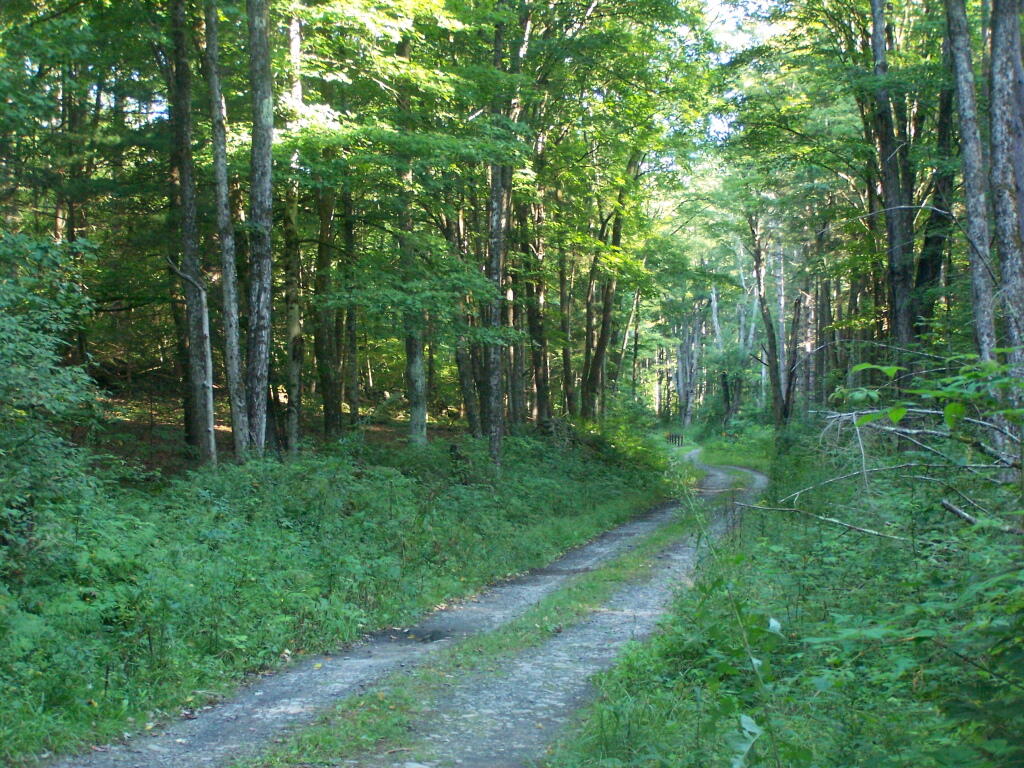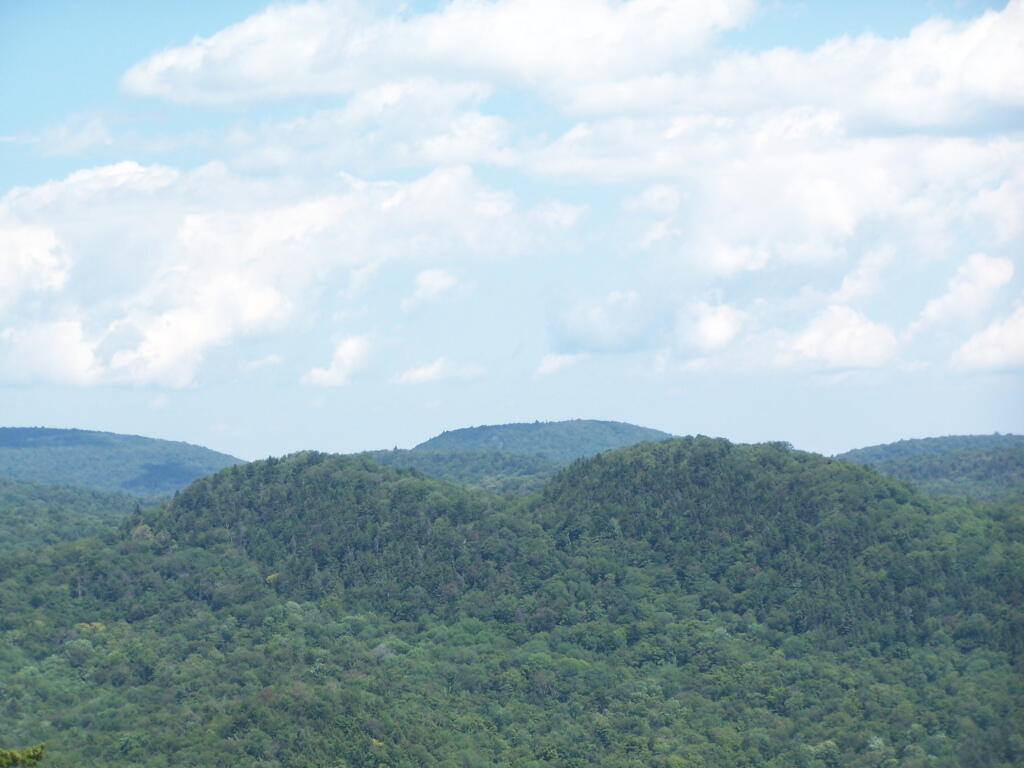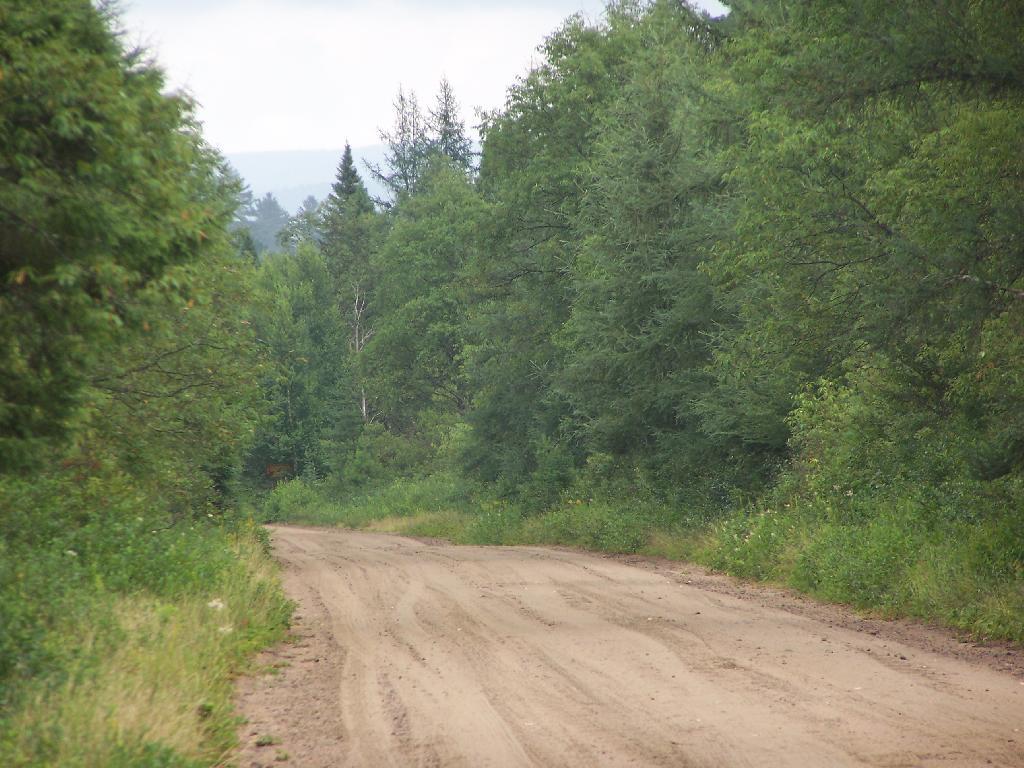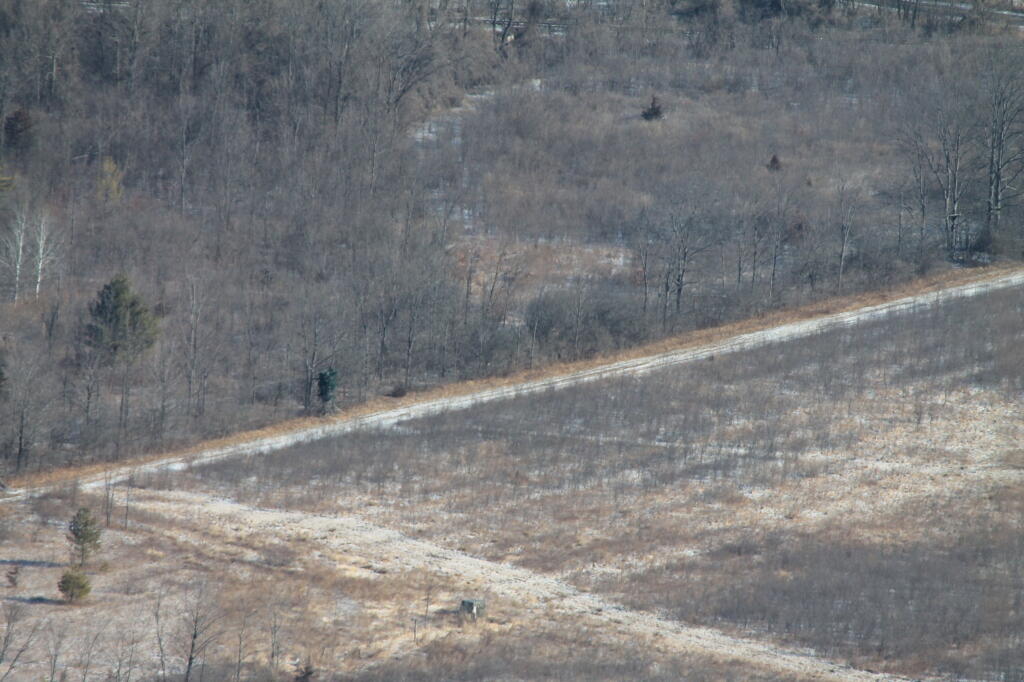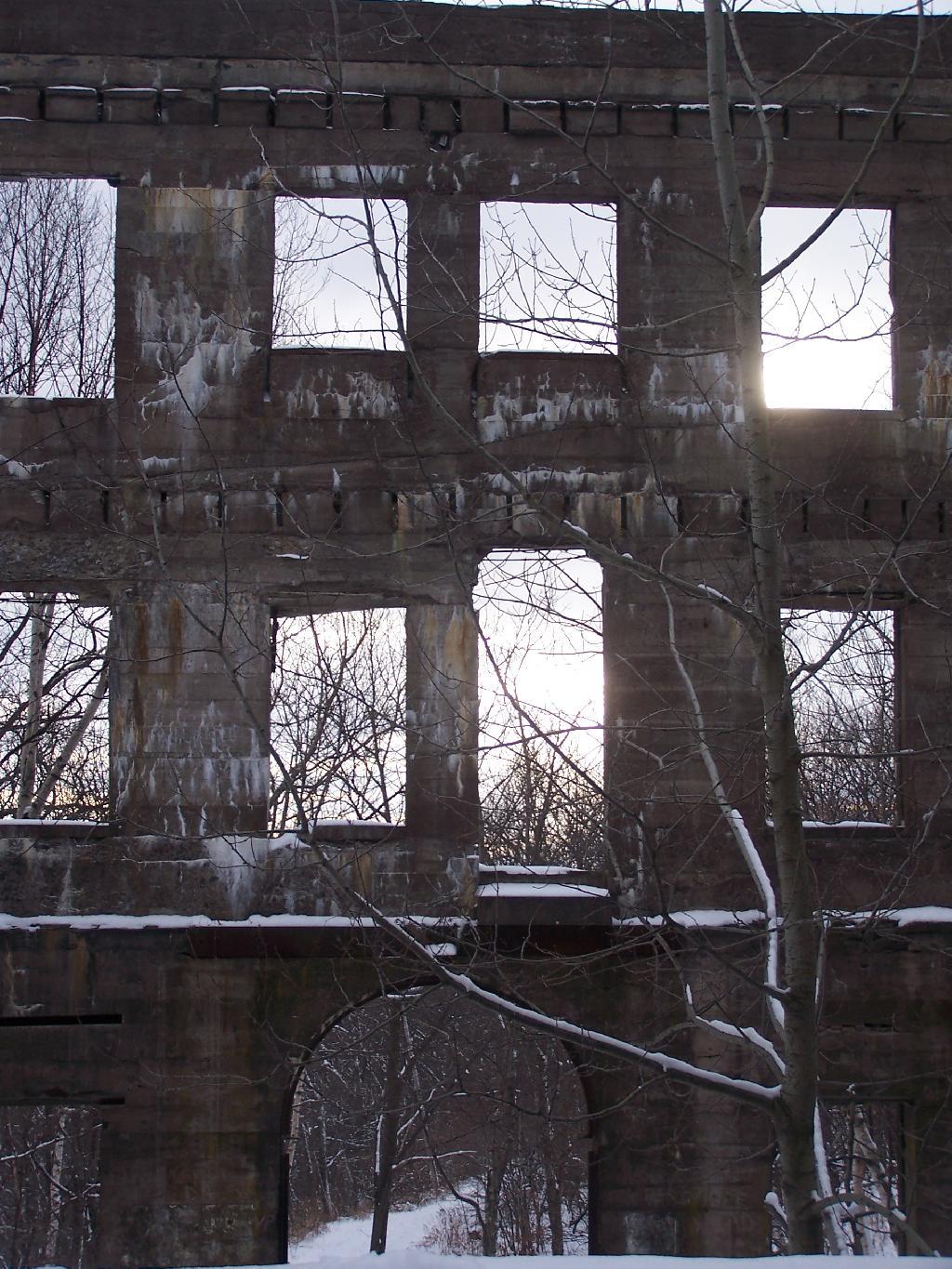Good morning! Happy Thursday. Vacation is going by much too quickly but I’m excited as today I’m going to West Virginia through Sunday. Three weeks to Halloween 🛥️. Sunny and 42 degrees at the Buzzard Swamp Coop Mangement Area. 🌞 Calm wind.
This morning I started out the day with walk back to Buzzard Swamp 🐦. Beautiful morning with fog 🌁 over part of the Buzzard Swamp. I really do tight invest in a good pair of binoculars. 🔭Maybe I’ll look at that for Christmas 🎄 sales time. Later it’s to Punxsutawney on PA 36 then Mount Davis Pennsylvania High Point and then Cannan Heights WV.
Today will be sunny 🌞, with a high of 66 degrees at 3pm. Four degrees above normal, which is similar to a typical day around October 1st. East wind 3 to 5 mph. A year ago, we had mostly sunny skies. It was humid. The high last year was 83 degrees. The record high of 89 was set in 1939. 0.8 inches of snow fell back in 1925.❄
The sun will set at 6:43 pm with dusk around 7:11 pm, which is one minute and 38 seconds earlier than yesterday. 🌇 At sunset, look for clear skies 🌄 and temperatures around 63 degrees. There will be a calm wind. Today will have 11 hours and 21 minutes of daytime, an increase of 2 minutes and 43 seconds over yesterday.
Tonight will be clear 🌃, with a low of 41 degrees at 6am. Typical for tonight. East wind 3 to 6 mph. In 2018, we had mostly clear skies in the evening, which became light rain by the early hours of the morning. It became very sticky as the night progressed. It got down to 61 degrees. The record low of 22 occurred back in 1943.
I set my alarm for six AM ⏰ which was pitch black this morning except for the stars. 🎑 I did hit the reset a few times more then I’m proud to admit but less than yesterday. The moon had set and it was cold but unlike yesterday, I was determined to break camp by eight to drive down to West Virginia. I saw the starting battery 🔋 was at 12.50 so I started up the truck with a bit to be safe.
Not so cold this morning and I made only a small pot of coffee ☕ so hopefully I won’t have to stop a million times on the way to West Virginia. I tried to leave early the previous day but it was so dark and cold and I had to the down the tarp and tent. Today I had a lot less gear plus I camped fifty miles to the south. Saved some dash cam video 📹 on my laptop.
Yesterday I decided to go to Warren Tops to buy groceries. I really needed ice and was running low on milk and cheese. I also decided to buy beer. 🍻 It’s now sold at selected grocery stores in Pennsylvania but it’s a completely separate unit – you have to pay for it separately from the rest of the groceries and they sell non standard sizes – I bought a 15 pack of Budwiser for $12.98 no tax or deposit which is cheap compared to New York. It maybe not, I often buy 30 racks at Walmart for $19.95 plus $1.60 in sales tax and $1.60. But unfortunately without a deposit, I’ll have to crush the cans and bring them back to the transfer station for recycling ♻. Forgot how much Warren stinks like oil country – its a mix of crude oil, hydrogen sulfide with a certain amount of sweetness to the air. Actually camp smells a bit like that.
Then I headed south along US 62 stopping at the Tidoute Overlook 📷 and then going to Nebraska Submergable Bridge. 🌉 It’s kind of fun to see it again after seeing many Facebook posts of people exploring it while it’s submerged. Honestly I was surprised how much traffic goes over the bridge but it’s a pretty big shortcut to a lot of hunting camps. Hit a lot of construction 🚧 on US 62 AND on PA 36. They were paving PA 36, big delays there.
Not a lot of interesting country 🐮 – some of the sections along the Alleghany River between Tidoute and Tionesta were quite pretty. I can get why that section is popular with kayakers. 🚤Flat once you climb out of Tionesta Valley, some farmland and some businesses supporting the pop business. Rather flat until I got down to the area around Cooks Forest and then timberland as I headed to Marienville. I did see a household burning trash, which is still somewhat common in rural PA but nothing like a decade ago. Some of that plastic stuff stinks, especially if it’s smoldering. 👃
After that I visited the Cook Forest State Park ⛲ which had a fire tower and a path down to the gorge where the Clarion River runs and a nice picnic area around a historic tree planation. 🌲🌲🌲 I took River Road along Clarion River. That road is narrow but beautiful. Almost hit a doe, ran up from the river bank and into the shadow. My tires squealed but I fortunately missed it. Reviewing the dashcam it would have been hard for me to spot it. Really in the shadow.
I was hoping to camp ⛺ at Loleta Grade campsite 16 which I like because it has good cell service 📱 which makes the night by go by quickly and makes the remote country seem less remote. It also has a good view of the stars ✨ and would be good for solar. But alas somebody already grabbed it with their camper, probably a bow hunter 🙇. They appeared to have solar too and probably cell service internet in their camp. That’s a much nicer campsite. This site on the Gurgling Run smells a bit like Hydrogen Sulfide from an oil well, I assume that’s what makes the Gurgling Run Gurgle. 💩 And it not only smells, it gurgles. Plus I don’t want to spend three nights without cell service. 📱
It thought about staying here for three nights then going to see the Elk and drive the Elk Drive and do Hyer View on Sunday. 🚙But then I would miss West Virginia and I don’t really like the campsite I ended up in. It doesn’t look good for me getting down to West Virginia in 2020 as it’s a busy election year at my other job and they’re could be recounts or snow in November.
So I decided instead to drive down to Thomas, WV for the long weekend, heading back to County Bridge Campground. 🗻 Heading down now to Mount Davis, Pennsylvania High Point via Penna 36 and US 219. More of that highway is built through Somerset and some of those new expressway bridges look like they’ll have amazing views. It’s a lot of driving but less than I really had in my original plan as I’m not going down to the New River Gorge – just Dolly Sods one day and the other – the cloudy and potentially rainy Saturday I’ll do Maryland High Point and Blackwater Falls. But it’s fine. Sunday I’ll take Cooridor H, visit the Mount Storm Lake 🏭 and the massive power plant and then take to the road Keyser and then to Cumberland Maryland, then take US 220 and Interstate 99 to Mount Pisagh State Park for a drive with hopefully good colors then overnight at County Bridge outside of Troy.
I will pitch the tent down in West Virginia with the heater. No fires down there due to continuing fire ban 🔥 but I’ll save the paper plates and other burnables and have a fire the last night when overnight in Pennsylvania. I also have a little bit of kiln dried wood to burn at County Bridge. It’s fine – most nights I’ve been laying back in the hammock fairly early and letting the fire go out. It’s going to quite mild and the tent heater will be toasty. Not having to gather wood means that I’ll have more time for relaxing and reading 📖. Fires are really a lot of work and kind of a waste of fire wood.
As previously noted, there are 3 weeks until Halloween 🛥️ when the sun will be setting at 6:13 pm with dusk at 6:41 pm. On that day in 2018, we had mostly cloudy, patches of fog and temperatures between 61 and 28 degrees. Typically, the high temperature is 54 degrees. We hit a record high of 73 back in 1946.
